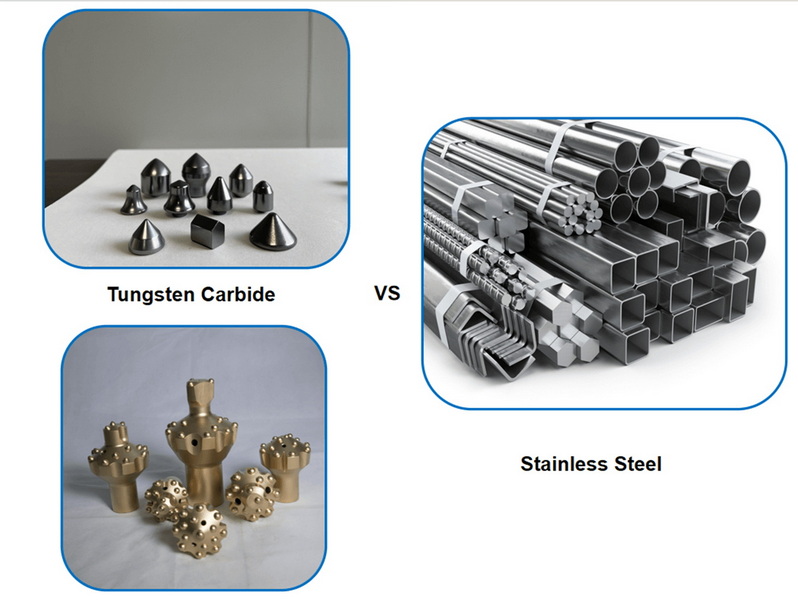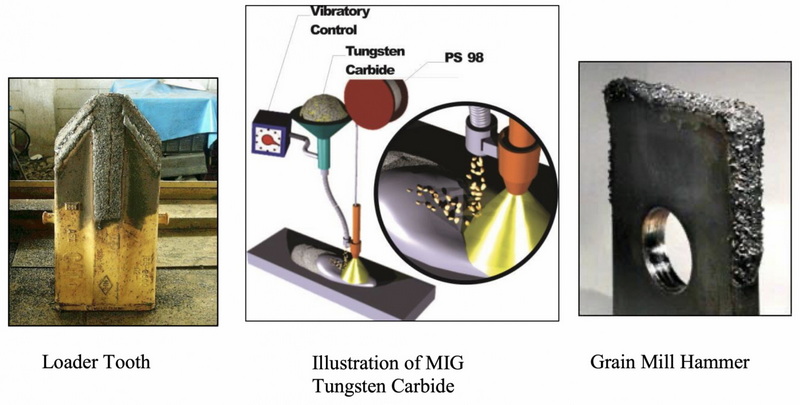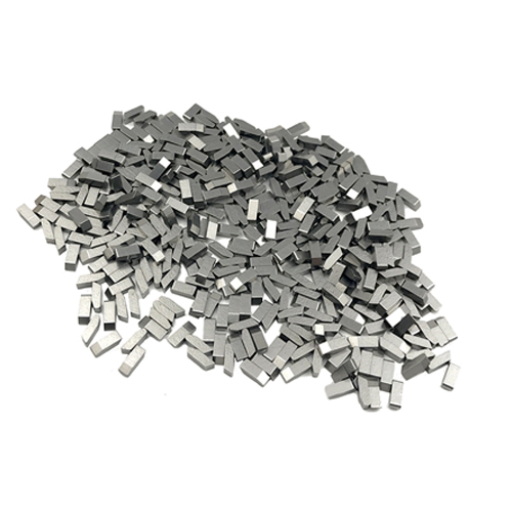Content Menu
● Raw Material Preparation
● Electrothermic Reduction in Arc Furnaces
>> Furnace Design and Operation
● Cooling and Solidification
● Quality Control and Testing
>> Acetylene Yield Assay
>> Impurity Analysis
● Safety and Environmental Measures
>> Hazard Mitigation
>> Emissions Control
● Industrial Applications of Calcium Carbide
● Conclusion
● FAQs
>> 1. What raw materials are critical for calcium carbide production?
>> 2. Why are electric arc furnaces preferred over combustion-based systems?
>> 3. How is calcium carbide purity ensured?
>> 4. What are the primary safety risks during production?
>> 5. Can calcium carbide production be environmentally sustainable?
● Citations:
Calcium carbide (CaC₂) is a cornerstone of modern industrial chemistry, enabling applications spanning acetylene production, steelmaking, and fertilizer synthesis. Its manufacturing combines high-temperature metallurgy, precise material science, and rigorous safety protocols. Below, we explore the industrial-scale production process, from raw materials to final product.

Raw Material Preparation
Calcium Oxide (Quicklime)
Derived from limestone (CaCO₃) through calcination at 900–1,200°C, calcium oxide (CaO) must exceed 95% purity. Impurities like silica (SiO₂) or alumina (Al₂O₃) are minimized to avoid side reactions during carbide synthesis[1][6].
Carbon Sources
Petroleum coke, anthracite coal, or metallurgical coke provide the carbon required for the reduction process. These materials are pulverized and mixed with CaO in a 1:3 ratio to optimize reactivity[6][7].
Electrothermic Reduction in Arc Furnaces
Furnace Design and Operation
Industrial calcium carbide is synthesized in electric arc furnaces operating at 1,800–2,200°C[1][2]. Graphite electrodes deliver the intense heat needed to drive the reaction:
CaO+3C→CaC2+CO(ΔH=+465kJ/mol)
Key operational considerations include:
- Temperature Control: Excess heat (>2,000°C) risks decomposing CaC₂ into calcium and carbon[1].
- Burden Feeding: A layered mix of coke and lime ensures uniform heating and prevents melt spurting[1][6].
- Gas Management: Furnace hoods maintain slight negative pressure to contain toxic carbon monoxide (CO)[6].

Cooling and Solidification
Molten calcium carbide (1,700–2,100°C) is tapped into pre-cooled molds. Technical-grade CaC₂ (~80% purity) solidifies rapidly, forming brittle, gray-black lumps[1][6]. Post-cooling, the material undergoes:
1. Primary Crushing: Jaw crushers reduce lumps to 50–200 mm pieces[3][6].
2. Secondary Crushing and Screening: Roller mills and vibrating screens produce 2–50 mm granules, with finer fractions discarded due to higher impurity content[3][6].
Quality Control and Testing
Acetylene Yield Assay
CaC₂ purity is determined by hydrolyzing a sample and measuring acetylene gas volume:
CaC2+2H2O→C2H2+Ca(OH)2
Industrial standards require ≥295 L/kg acetylene yield[2][6].
Impurity Analysis
- Phosphine (PH₃) and Hydrogen Sulfide (H₂S): Gas chromatography ensures levels remain below 0.1%[3][5].
- Metallic Impurities: X-ray fluorescence detects trace metals (e.g., Fe, Al) that degrade product quality[3].
Safety and Environmental Measures
Hazard Mitigation
- Acetylene Monitoring: Sensors trigger alarms if gas concentrations exceed 1% LEL during crushing[3].
- Inert Atmosphere Crushing: Nitrogen purging prevents accidental acetylene ignition[6].
- Personal Protective Equipment (PPE): Fire-resistant suits, face shields, and respirators are mandatory for furnace operators[1][6].
Emissions Control
- Particulate Matter: Baghouses and electrostatic precipitators capture 99% of furnace dust[6].
- CO Scrubbing: Catalytic converters oxidize CO emissions to CO₂ before release[6].
Industrial Applications of Calcium Carbide
| Application | Process Description | Key Use Cases |
| Acetylene Production | Hydrolysis of CaC₂ | Welding, cutting, lighting |
| Steel Desulfurization | Injection into molten iron | Sulfur removal in foundries |
| Calcium Cyanamide | Nitrogen fixation at 1,000–1,200°C | Fertilizers, pesticides |
Conclusion
Industrial calcium carbide synthesis balances extreme thermodynamics with meticulous process control. Advances in furnace automation, emissions management, and safety protocols have optimized production efficiency while minimizing environmental impact. As demand grows for acetylene-derived chemicals and low-sulfur steel, CaC₂ remains indispensable to global industry.

FAQs
1. What raw materials are critical for calcium carbide production?
High-purity limestone (for CaO) and low-ash carbon sources (coke, anthracite) are essential. Impurities above 0.5% in lime degrade final product quality[6][7].
2. Why are electric arc furnaces preferred over combustion-based systems?
Traditional combustion cannot achieve the 2,000°C+ temperatures required. Electric arcs provide precise, scalable heat without introducing contaminants[2][5].
3. How is calcium carbide purity ensured?
Acetylene yield testing and impurity screening (e.g., PH₃, H₂S) are conducted at multiple stages. Technical-grade CaC₂ must exceed 80% purity[2][3].
4. What are the primary safety risks during production?
CO exposure, acetylene explosions, and molten metal splashes necessitate rigorous PPE, gas monitoring, and inert-atmosphere processing[1][6].
5. Can calcium carbide production be environmentally sustainable?
Modern scrubbers and closed-loop cooling systems reduce emissions by 90%. Research into carbon capture during CO off-gassing is ongoing[6][8].
Citations:
[1] https://chemcess.com/calcium-carbide-properties-production-and-uses/
[2] https://en.wikipedia.org/wiki/Calcium_carbide
[3] https://www.tjtywh.com/tywh-calcium-carbide-manufacturing-process.html
[4] https://www.tjtywh.com/a-step-by-step-guide-to-making-calcium-carbide-at-home.html
[5] https://sathee.prutor.ai/article/chemistry/chemistry-calcium-carbide/
[6] https://www3.epa.gov/ttnchie1/ap42/ch11/final/c11s04.pdf
[7] https://enterclimate.com/calcium-carbide-manufacturing-unit-setup
[8] https://www.vedantu.com/chemistry/calcium-carbide
[9] https://www.acs.org/education/whatischemistry/landmarks/calciumcarbideacetylene.html
[10] https://www.youtube.com/watch?v=BtfSHPBy9Bg
[11] https://www.pyrometallurgy.co.za/InfaconXIV/149-McCaffrey.pdf
[12] https://www.shutterstock.com/search/calcium-carbure
[13] https://www.alamy.com/stock-photo/calcium-carbide.html?page=2
[14] https://cdn.intratec.us/docs/reports/previews/calcium-carbide-e11a-b.pdf
[15] https://tanabe-co.co.jp/eng/product/alloy-iron-and-calcium-carbide
[16] https://byjus.com/chemistry/calcium-carbide/
[17] https://gaftp.epa.gov/ap42/ch11/s04/related/rel01_c11s04.pdf
[18] https://edu.rsc.org/download?ac=515424
[19] https://www.dhet.gov.za/NOLS%20%20NCV/2019%20February%20Supplementary%20and%20November%202019/Process%20Plant%20Operations/L2/QPs/NC2440%20-%20PROCESS%20CHEMISTRY%20L2%20QP%20NOV%202019.pdf
[20] https://www.tjtywh.com/frequently-asked-questions-about-calcium-carbide-procurement-how-to-avoid-quality-issues-and-supply-shortages.html
[21] https://patents.google.com/patent/US4594236A/en
[22] https://www.ascconline.com/img/services/project_report/Calcium_Carbide_Project_Report_Sample.pdf
[23] https://rexarc.com/blog/calcium-carbide-for-acetylene-production/
[24] https://www.alamy.com/stock-photo/calcium-carbide.html
[25] https://www.youtube.com/watch?v=olAlOs0Er00
[26] https://www.niir.org/blog/wp-content/uploads/2021/11/Manufacturing-Business-of-Calcium-Carbide-Calcium-Acetylide.-Investment-Opportunities-in-Chemical-Industry.-1.pdf
















